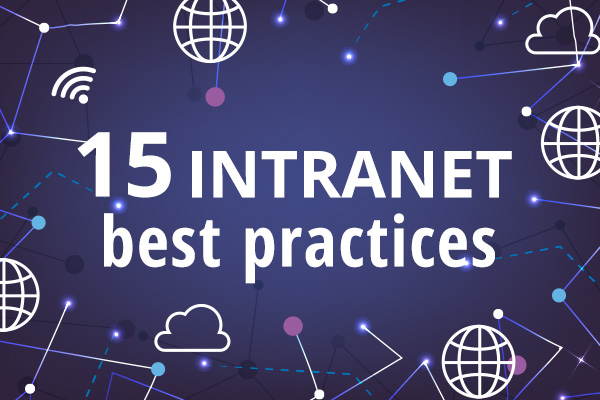
15 top intranet best practices
What is the best way to manage an intranet? What are some of the intranet best practices that we should follow? These are typical questions

What is the best way to manage an intranet? What are some of the intranet best practices that we should follow? These are typical questions

Explore best practices for using SharePoint in knowledge management (KM) to enhance efficiency and collaboration.
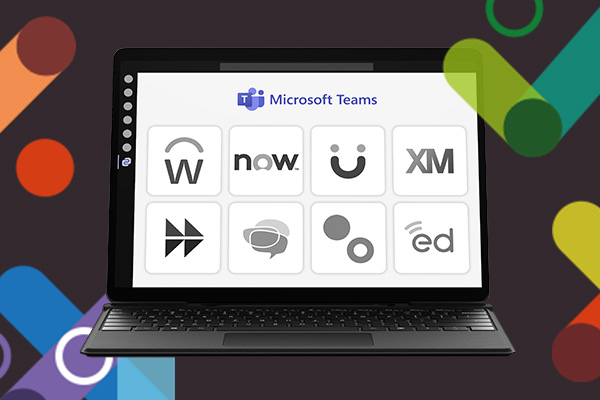
In this post, we’re going to explore some of the key takeaways from what proved to be a highly valuable deep dive into Microsoft Viva.
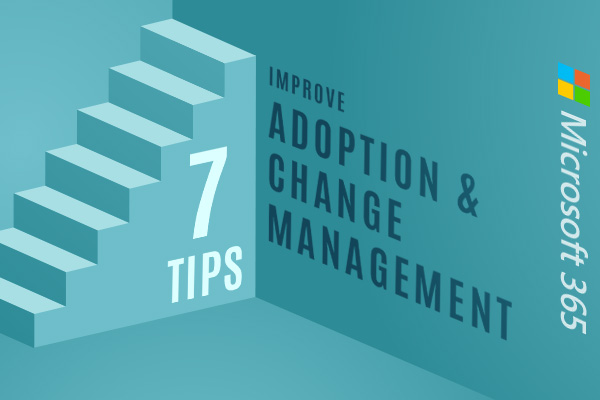
In this post we’re going to explore seven tactics to improve Office 365 adoption and change management that we’ve seen often work.
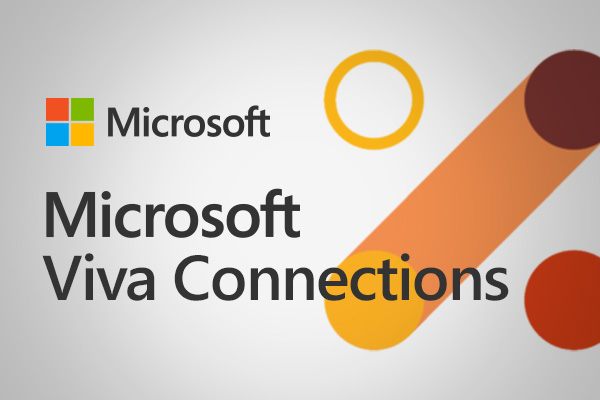
It’s still quite early days for Viva Connections, but it’s definitely one to watch and experiment with. While it’s not a replacement for your SharePoint intranet, we think it will bring value.

If you’re considering a new intranet it can be difficult to know where to start. To help you, here’s a high-level intranet for beginners view of major steps to get you to a brand-new intranet.
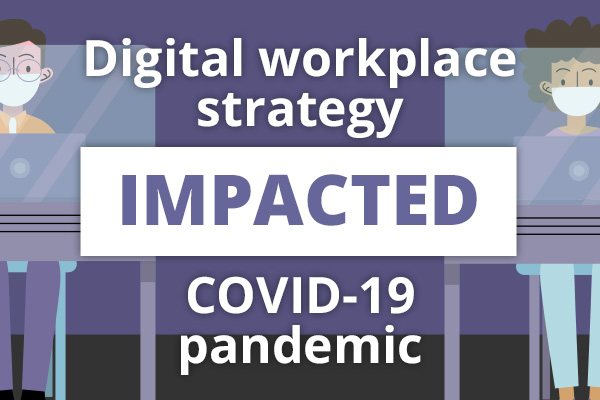
The pandemic impacts multiple areas of your digital workplace strategy. Heres our view of ten of the most important areas to consider.

What is AI and why is it important? What is AIs role in the digital workplace? What can I do about it?
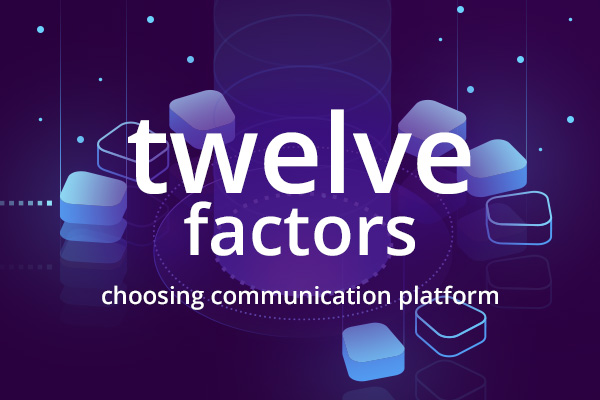
Your choice of communication platform is important in driving the best digital employee experience possible. But it is not always straightforward we hope this article is a useful starting point.
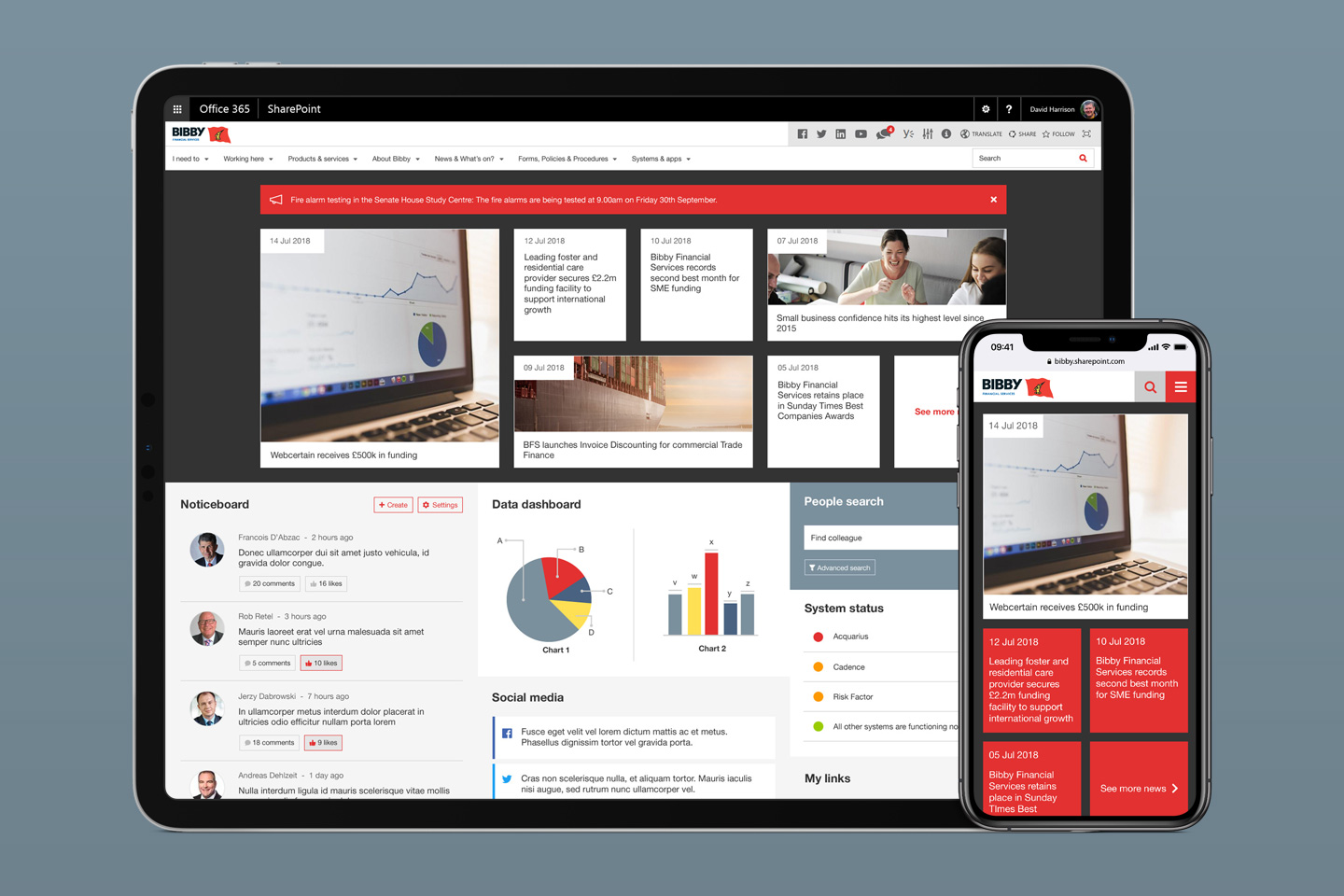
This article looks at some of the variables smaller company should consider, in terms of the suitability of SharePoint Online or Wizdom out of the box for key use cases.
Book in a live demo with us to discuss your project and find out more about our services, solutions and how we can add value to your digital workplace. Simply fill out the form and pick a time and date in our calendar.
Alternatively, if you have a question and would like more information about Content Formula, please visit our contact us page.
We look forward to meeting you.
We use cookies to give you the best experience on our site. By continuing to use our website, you are agreeing to our use of cookies. To find more about the cookies, please see our cookie notice.
You can also read our privacy policy.